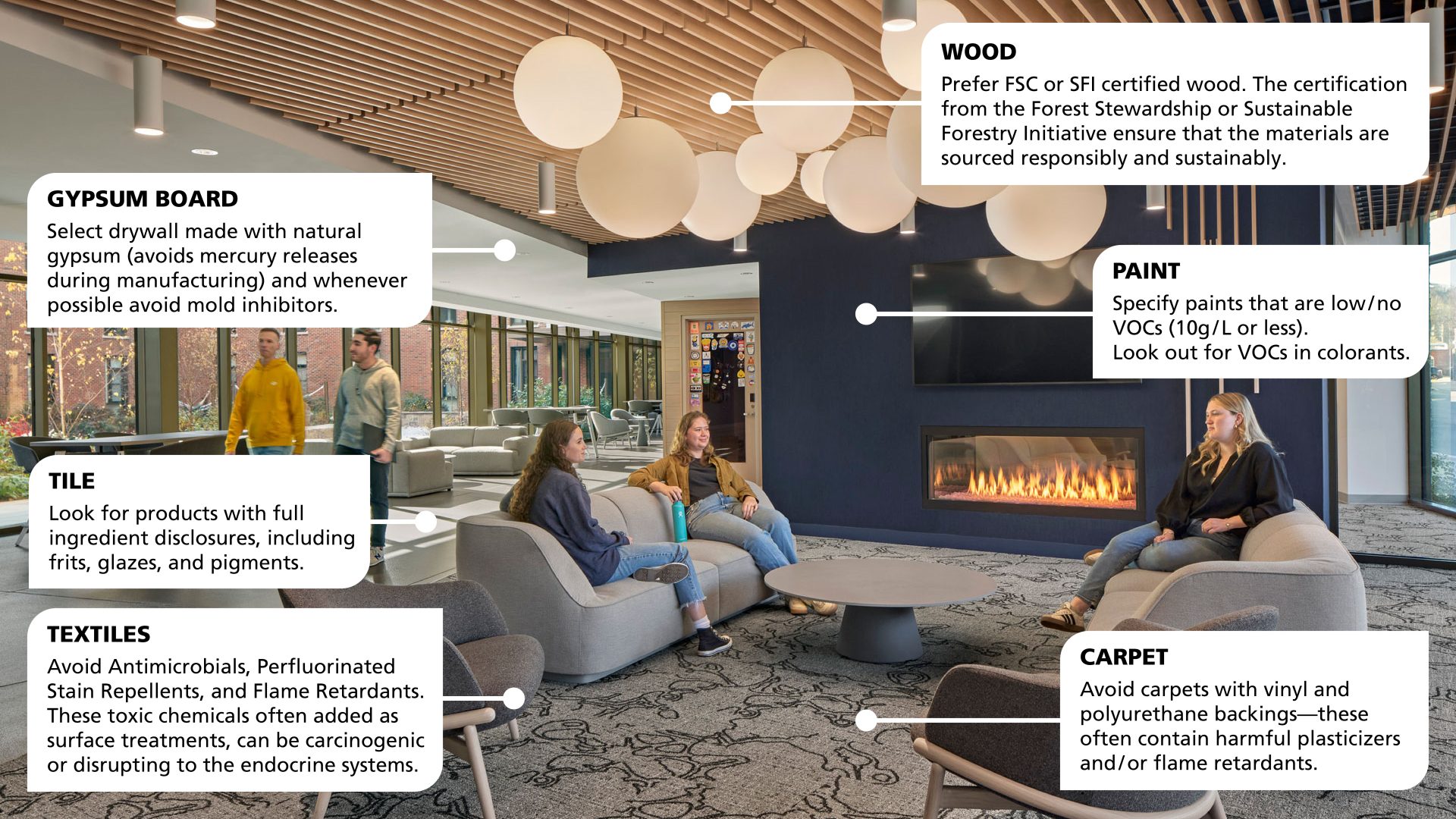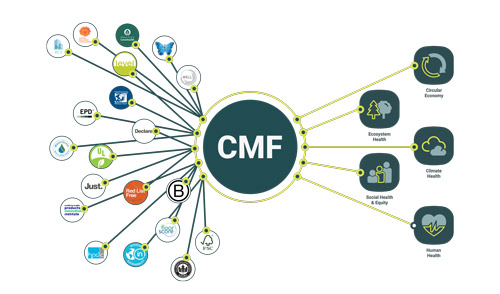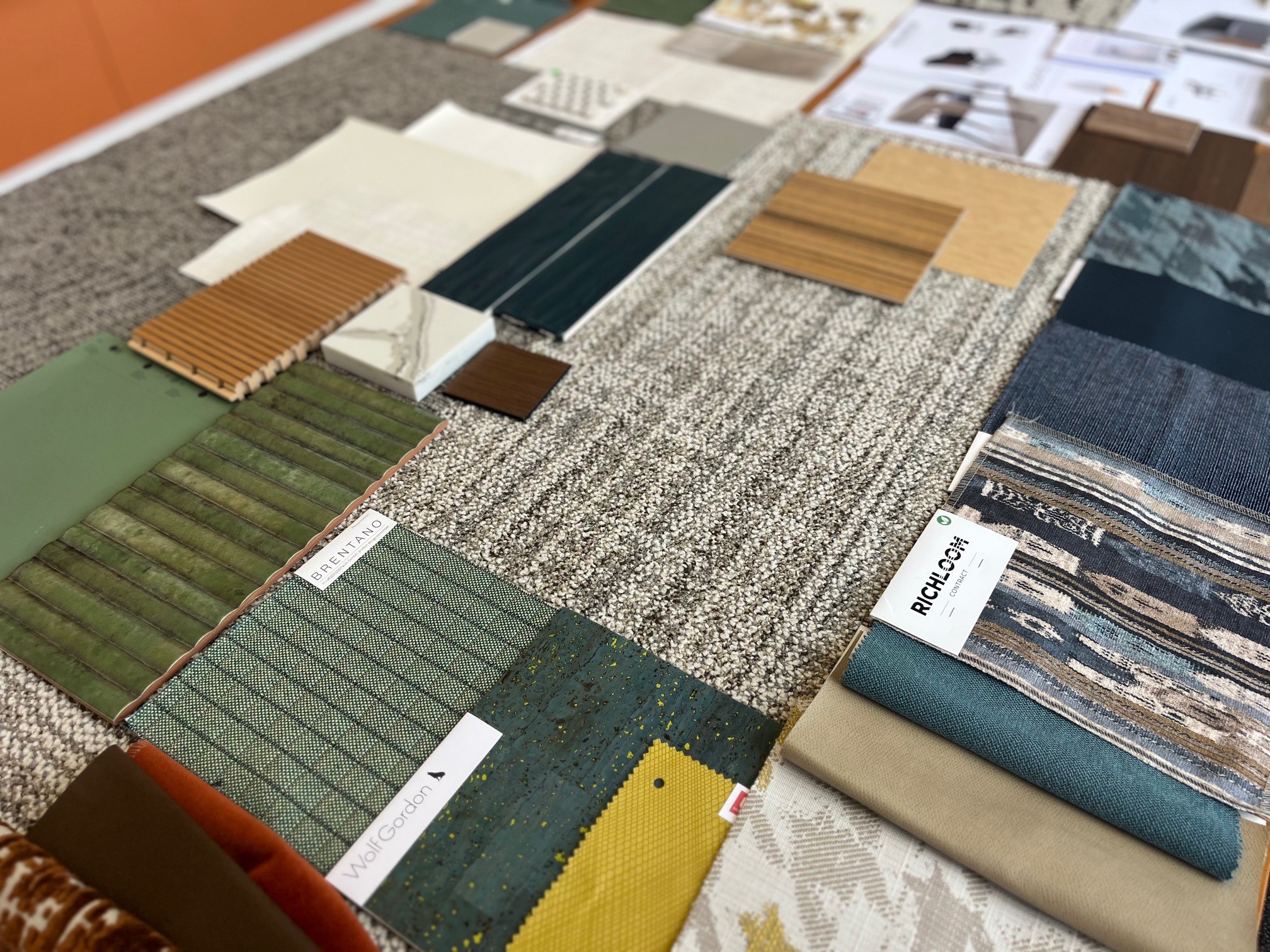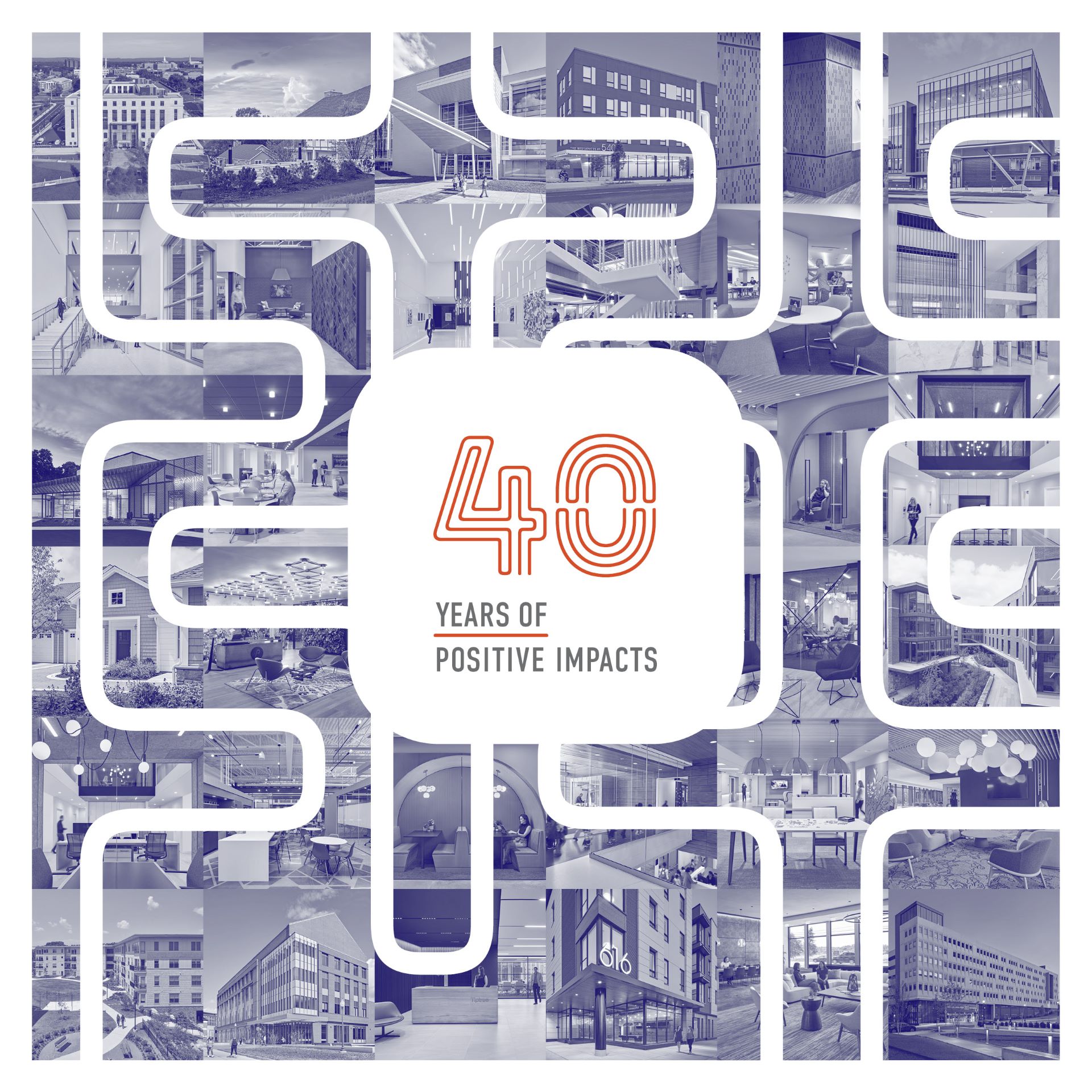As architects and designers, we bear a significant responsibility—not only to create spaces that are functional and beautiful, but also to shape environments that prioritize the health and well-being of the people who inhabit them. The choices we make and the materials we specify leave a lasting imprint on the health of both people and the planet.
At Amenta Emma, we believe that the spaces where we live, work, and learn should contribute to a better future. That belief drives our ongoing commitment to material health, a topic that is both critical and complex.
So, why does material health matter? Because the decisions we make today will shape the world we live in tomorrow.
The Hidden Impacts of Everyday Materials
Tens of thousands of chemicals are used in building products today, yet only a fraction have been fully tested for long-term health effects. These chemicals—often hard to pronounce and even harder to understand—can pose serious health risks, including:
- Carcinogenicity (cancer-causing potential)
- Endocrine disruption (hormone interference)
- Mutagenicity (DNA damage)
- Reproductive toxicity
- Teratogenicity (harm to fetal development)
As Jonsara Ruth, founding director of the MFA Interior Design Program at Parsons stated, “If you see an ingredient and you can’t pronounce it, you probably don’t want to live with it either. “And while they may appear safely “bound” in materials, these toxins can off-gas or wear down, releasing harmful particles into the air we breathe and the surfaces we touch—making their way into our bodies over time.

Our commitment to healthy interiors, illustrated.
From Complexity to Clarity: Navigating Material Health
Material selection is one of the most complicated sustainability challenges we face. There’s no shortage of labels, certifications, or acronyms—but interpreting what they mean, and how they impact human or planetary health, is an overwhelming task.
Like many firms, we’ve been focusing on coming up with our own ways to translate the data. What we’ve learned is that when we’re all moving in different directions it just adds to the collective confusion.
The solution: alignment.
This past year has been a turning point for us as a firm as we’ve focused on adopting industry-wide tools like Mindful Materials and integrating the Common Materials Framework into our design process. The CMF gives structure and clarity to hundreds of certifications in our industry and connects them to the five material impact categories outlined in the AIA Materials Pledge: Ecosystem Health, Social Health and Equity, Circular Economy, Climate Health, and Human Health.

AIA developed the Architecture & Design Materials Pledge to inspire a positive shift in materials specification. (Image provided by Mindful Materials)
Our Firm’s Approach: A Healthier Future
At Amenta Emma, we believe in the power of inspired design to produce a positive impact on the places we live, work and learn. We are committed to assessing our materials – and knowing as much about our product materiality and their impacts.
While we cannot remove all chemicals from our lives, and many play important roles – we can as designers move the needle forward by making informed decisions. To ensure we’re meeting our mark, we’ve implemented a tracking tool into our drawing sets that helps us map critical data across the five categories. Tracking our projects’ material impacts gives us the ability to see progress towards our targets and hold ourselves accountable.
More than anything, healthy material choices are a critical responsibility we owe to our clients and communities. We are entrusted to make informed decisions on our client’s behalf. With that trust comes a duty to understand what materials are made of, how they perform, and the invisible impacts they may carry.
Our commitment to material health is rooted in our firm’s core mission: to design for a positive impact. We see material selection not as a small detail, but as a powerful opportunity—to do better for our clients, to lead by example in our industry, and to contribute to a future that’s safer, healthier, and more sustainable for everyone.






